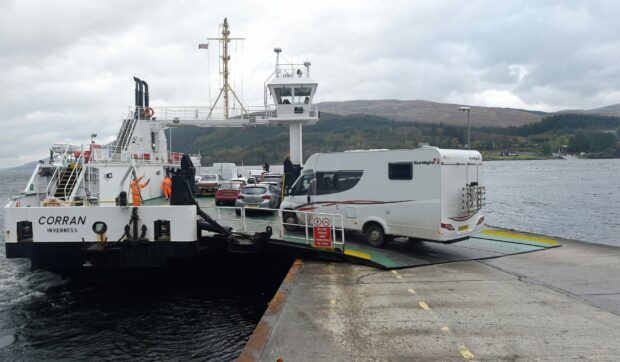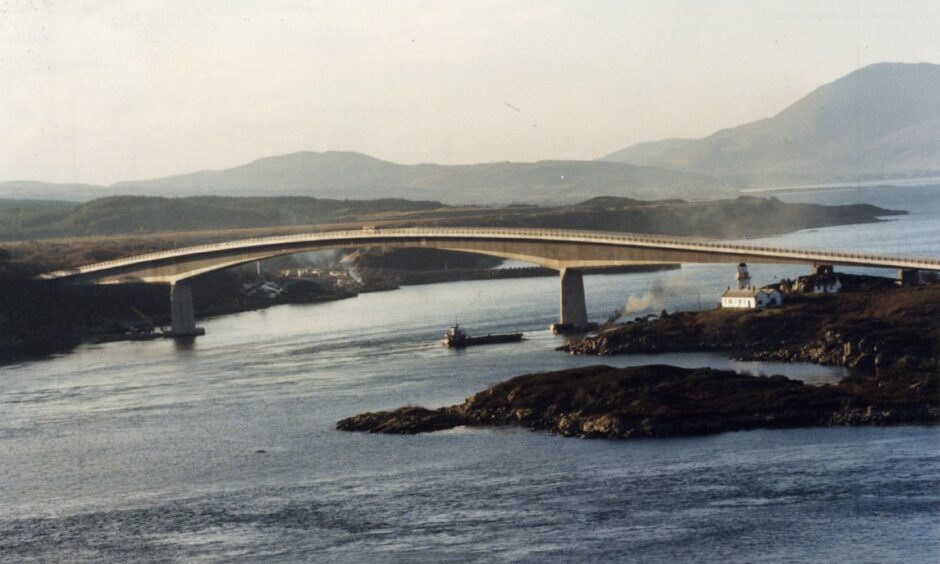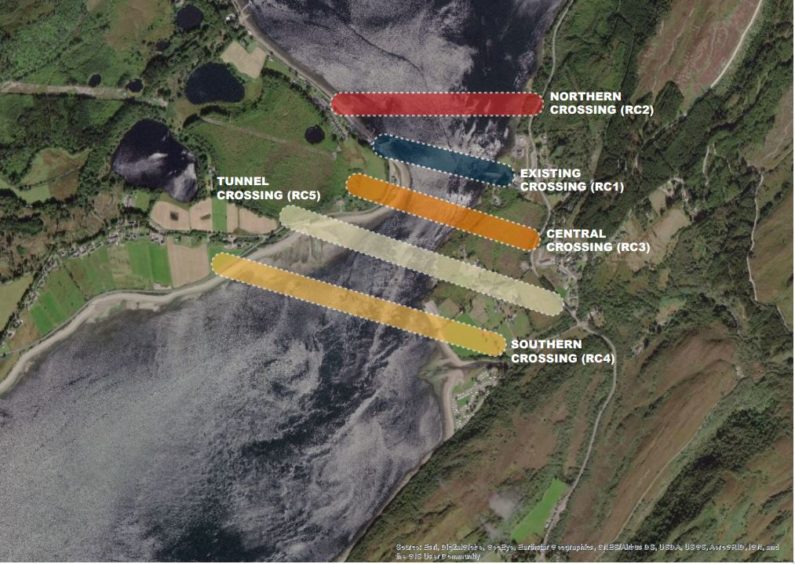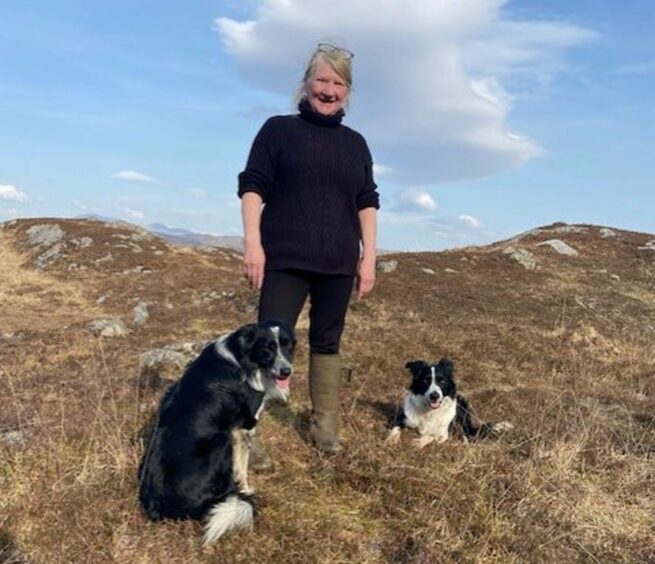A Corran Ferry regular believes a bridge would be more beneficial for residents than Highland Council’s plans for two new electric ferries.
The 22-year-old MV Corran currently takes people and cars across the Corran Narrows on Loch Linnhe, south of Fort William, and is the busiest ferry in Scotland.
Councillors agreed to move the preferred proposals for two new electric ferries to the next stage.
However, residents are arguing a fixed link, such as a bridge or a tunnel, would be more beneficial to the communities on the Ardnamurchan peninsula.
Currently, ferry crossings are every 30 minutes and take around five minutes from point to point across the 1,000ft strait.
It remains the quickest way to cross with emergency service utilising the ferry on call-outs.
The argument is a bridge could dramatically reduce the dependence on outdated ferry crossings allowing for easier commuting.
It echoes similar circumstances when the Skye Bridge replaced the 400-year-old ferry service.
The council ordered a feasibility study to assess the economic benefits of a fixed link, looking at four bridges and one tunnel option.
Costings on the five options were either similar to or more expensive than plans for two new ferries.
For example, the tunnel option had an estimated cost of between £40 million and £65 million, while the lowest-costing bridge was £35 million to £45 million.
The study noted that a fixed link was “technically feasible”, but there were concerns such as the environmental impact and maintenance costs.
Highland Council’s preferred option was estimated to cost around £53 million for the two electric vessels, which would also contribute to the council’s ambitious net-zero targets.
‘Rushing for a ferry’
Residents have been following the situation carefully and have taken to social media to voice their support for a fixed link.
Users put forward pros and cons for the bridge, with one user suggesting a bridge could limit the size of freight and cruise ships travelling to Fort William.
Catherine Ann MacDonald, 57, a resident of Acharacle on the peninsula, has raised concerns over the progression of the ferry proposals over the fixed link.
As a crofter, she relies on the ferry service to transport supplies such as hay to the peninsula and travels back and forth weekly as does her family.
She argues a bridge would save locals around £70 a week on ferry tickets to commute to Fort William.
Also, emergency services responding to situations on the peninsula require the ferry to cross.
Mrs MacDonald also argues that the ferry service creates a “rush” of people trying to get back to the peninsula during certain times and it can lead to accidents.
She said: “The rushing starts as soon as you are out of the west end of Fort William, with everybody rushing for a ferry.
“If you have a fixed link you don’t need to rush for a ferry. You can be away at something, an event in the town and you don’t have to try to get finished by nine o’clock to catch the last ferry.
“Equally if you are going to something in the morning you need to wait for the first ferry before you can leave, for example, flights leaving early from Glasgow Airport.
“You would have to leave at midnight and go right around to be there for a 5am flight, but if you had a fixed link it would cut your journey for half an hour or more.”
A bridge could take 20 years
Highland Council reports say a fixed-link option is a long-term solution that is potentially decades away.
However, the immediate need to replace the ageing MV Corran is the reason behind the decision to advance plans for two new ferries.
Kate Willis, chairwoman of the council’s Lochaber committee, said: “The current ferries are at and well beyond their lifespans, and urgently need replacing.
“The timescale for delivery for a potential fixed link is 20 years plus, so the ferry replacement and shoreside infrastructure work is essential to prevent service failure until a longer-term fixed link can potentially be delivered.
“A consultation event held in Ardgour last week was well attended, and consultation will be ongoing.”
According to the report, Highland Council aims for the first vessel to enter service in 2026 operating alongside MV Corran.
Eventually, both new vessels will enter service in 2027, with the MV Corran being retired after over 25 years of serving as a vital link for the people of the Ardnamurchan peninsula.





Conversation